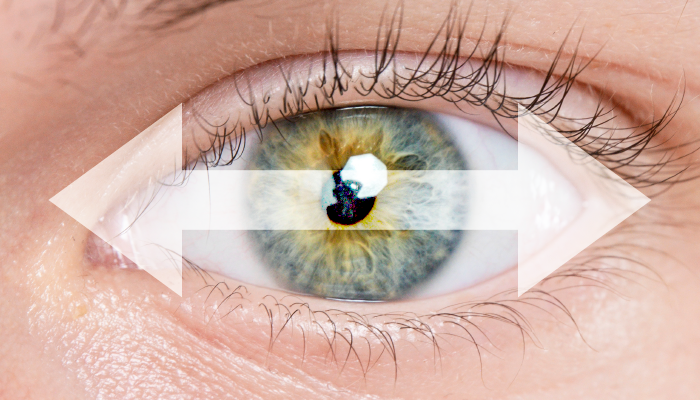
Original Image: Adobestock.com
A recent Eye study has explored the underlying causes, clinical characteristics, and main diagnostic tools used for detecting nystagmus in infants (also known as “congenital nystagmus”). The retrospective study examined the medical records of 147 infants, aged 0–1 years old, all of whom were referred to a tertiary hospital for nystagmus evaluation. The medical records explored included clinical examinations, genetic testing, and electroretinograms (ERG).
Key findings from the study indicate that albinism and inherited retinal diseases (IRDs) are the most common ocular causes of nystagmus in infants. Albinism was the most prevalent, responsible for 59.2 percent of all cases, while IRDs accounted for 19.5 percent of the infants evaluated. Albinism was more often diagnosed in infants under six months of age, whereas IRDs were increasingly identified in the older range of the cohort.
The researchers noted that, to reach final diagnosis, a clinical ophthalmologic examination for albinism represented the most effective test for detecting nystagmus in albino patients, whereas ERG used in conjunction with genetic testing was most effective for diagnosing nystagmus in those with IRDs.
The study also revealed that vertical nystagmus, which has been predominantly associated with neurological causes in existing literature, was frequently linked to IRDs in this cohort. However, in the data analyzed, only seven nystagmus patients (4.7 percent) had any neurological causes identified.
According to the authors, despite head magnetic resonance imaging (MRI) has always been the most commonly performed test for infants with nystagmus, the diagnostic yield of the imaging technique (reported at only 16 percent) is relatively low for this demographic.
